By Penny Pawl, UC Master Gardener of Napa County
Fall and winter are great times to do sheet composting in your garden. So just what is sheet composting and what are the benefits? Some people call it smothering, sheet mulching or lasagna composting.
Sheet composting is a passive method of composting. It involves laying plain cardboard or newspaper on soil or lawn and covering it with compost or leaves or both. Autumn is the best time to do this because it gives a chance for the materials to break down and refresh the soil before spring planting.
In the spring when you are planting your garden, if the materials have not fully decomposed, you can cut through them to plant. As you water, the layered materials will continue to decompose and feed the soil.
One year, as an experiment, I planted a plant in my normal soil. Next to that I planted the same plant but used cardboard as a mulch. The soil under the cardboard stayed damper and that plant grew bigger.
Sheet composting is simple. It just takes some time to gather materials and put them to work. Before making the layers, make sure your soil is damp. Remove any large weeds but don't worry about small weeds. The composting process will smother them and they will add nutrients to the soil.
Gather a supply of clean cardboard. Some people prefer the sturdy cardboard used for large appliances, but you can use thinner cardboard, such as Amazon boxes, and double-layer it. You don't have to strip off any plastic tape. The plastic won't decompose so you can easily pick it up later. Worms and sow bugs love cardboard so it will decompose first. Be sure to overlap the cardboard so you smother what's underneath.
You can also use clean newsprint but avoid any pages with colored ink. Other good materials include dried leaves, compost from your own pile, straw and perhaps a dash of aged chicken manure. All these materials should be kept damp; if necessary, water by hand to keep the decomposition going. You may also want to cover the whole thing with plastic sheeting and add a weight so the materials don't blow away. You can layer the materials up to six inches deep.
Several years ago I demonstrated sheet composting in my garden for a garden club. I made the layers in early spring, covered the whole thing with plastic and, three months later, the decomposition was complete. Red wiggler worms and other insects and bacteria had eaten the materials and mixed them at the same time. The resulting soil was perfect.
Some people use sheet composting when they want to remove a lawn. The layered materials smother the lawn and amend the soil for future landscaping. If you are sheet composting in an area with trees or plants you want to keep, be sure to keep the layered materials away from the trunk or stem of the desired plants.
The compost committee of the Napa County Master Gardeners taped a video on backyard composting, including a demonstration of sheet composting. You can view it here:
Library talk: Napa County Master Gardeners will host a free talk on “Meditation and Wellness Gardens” on Thursday, November 4, from 7 pm to 8 pm, via Zoom. A meditation or wellness garden offers a quiet, calm place to unwind, plus other health benefits. Learn about the relationship of humans to gardens, the healing properties of gardens and some tips on creating your own wellness garden. Register here to receive the Zoom link.
Food Growing Forum: Napa CountyMaster Gardeners will present a discussion of “Cane Berries” on Sunday, November 14, from 3 p.m. to 4 p.m., via Zoom. Register here to receive the Zoom link.
Got Garden Questions? Contact our Help Desk. The team is working remotely so please submit your questions through our diagnosis form, sending any photos to mastergardeners@countyofnapa.org or leave a detailed message at 707- 253-4143. A Master Gardener will get back to you by phone or email. For more information visit http://napamg.ucanr.edu or find us on Facebook or Instagram, UC Master Gardeners of Napa County.
Attached Images:

Sheet composting layers. (kcet.org)jpg
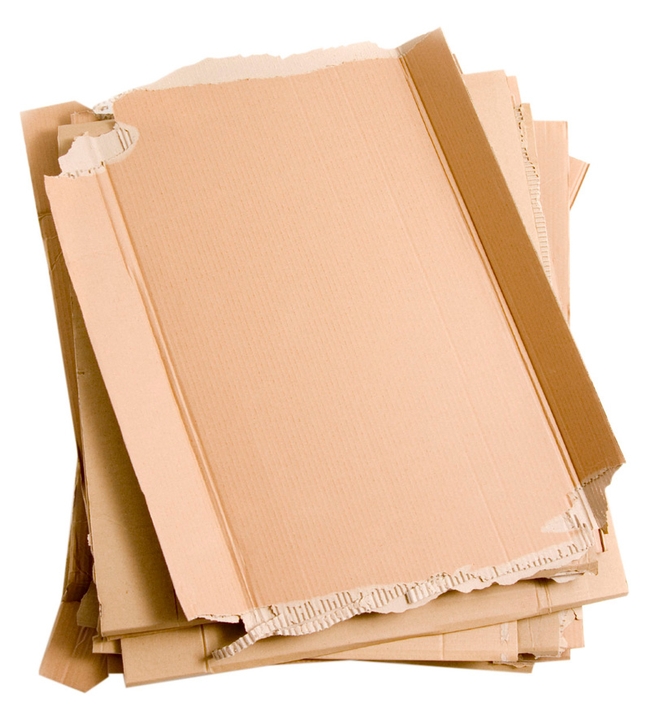
Gather cardboard. (facilities.ew.edu)
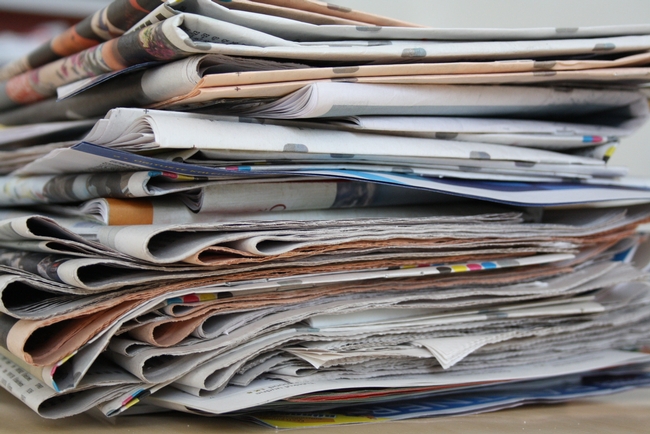
Newspaper works, too, LOTS of it. (pexels.com)
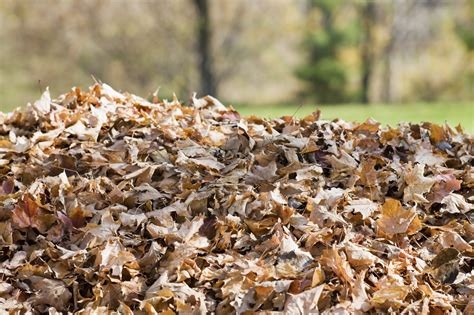
Got leaves--Use them! (gardeningknowhow.com)
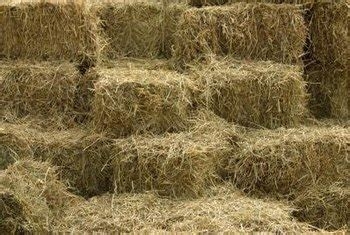
Straw works, too. (homeguides.sfgate.com)
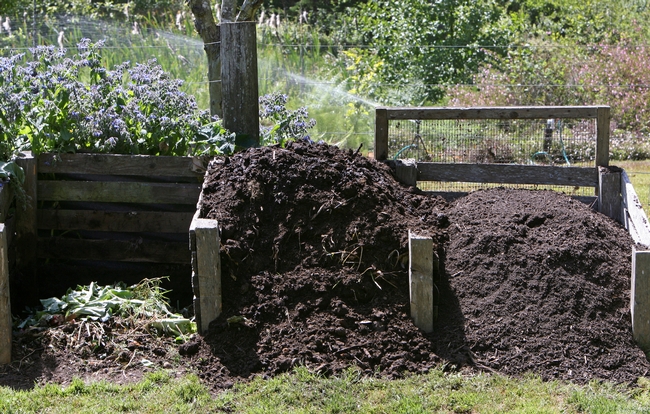
Compost is a great layer. (growinggreen.com)
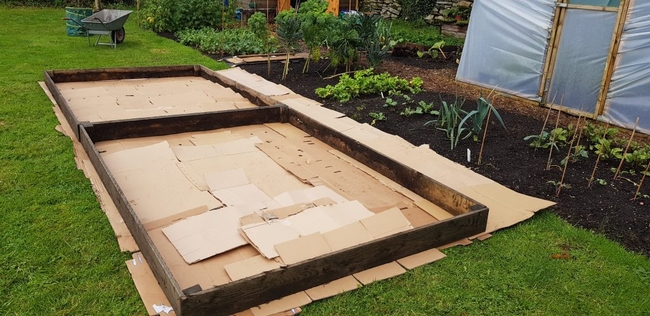
Be sure to overlap cardboard edges. (priddyvegplot.co.uk)
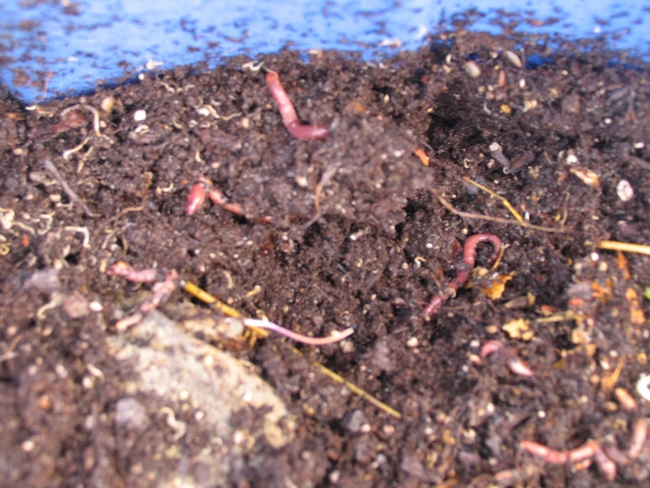
Worms--a sure sign of healthy soil. (images.frompo.com)